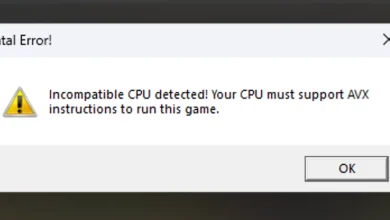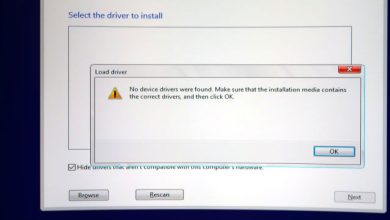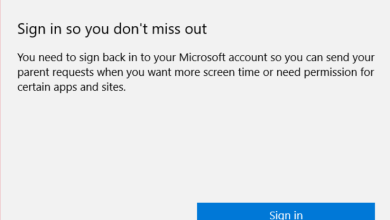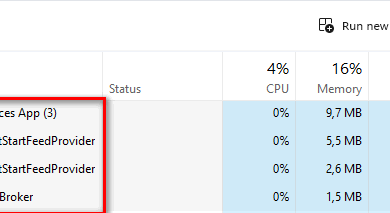How to Hide App and Browser Protection Area in Windows 10?
The App and Browser protection section is part of the Windows Security through which users can protect their devices against dangerous files, apps, and sites. It also provides exploit protection through which users can customize protection settings. However, the App and Browser protection area can be hidden from other users that use the same system. Many organizations would keep the settings minimum for the employees. In this article, we will show you methods through which you can hide the App and Browser protection area in Windows 10.
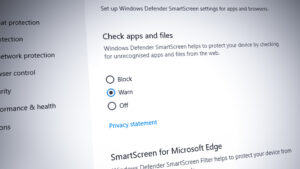
The Local Group Policy Editor isn’t available for the Windows Home version and that is why we have also included the Registry Editor method. It is only available for Windows 10 Education, Windows 10 Enterprise, and Windows 10 Pro.
Method 1: Using the Local Group Policy Editor
The Group Policy is a Windows feature through which you can configure settings for your operating system. The administrators can use this tool to modify the different areas of the operating system for themselves and other standard users. It contains all the settings that the users won’t be able to find in the Settings app and Control Panel. Follow the below steps to hide the App and Browser protection area on your system.
This specific setting is supported on at least Windows 10 Version 1709 and Windows Server 2016. It may not work on the older version of Windows.
Note: Skip this method if you are using the Windows Home edition on your system.
- Press the Windows and R keys together to open a Run dialog box on your system. Now type “gpedit.msc” in the box and press the Enter key to open the Local Group Policy Editor.
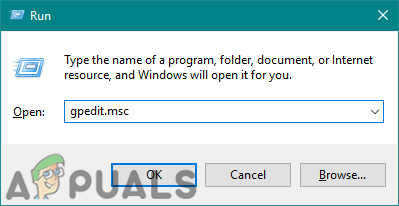
Opening the Local Group Policy Editor - Now in the Local Group Policy Editor window, you need to navigate to the following path:
Computer Configuration\Administrative Templates\Windows Components\Windows Security\App and browser protection\
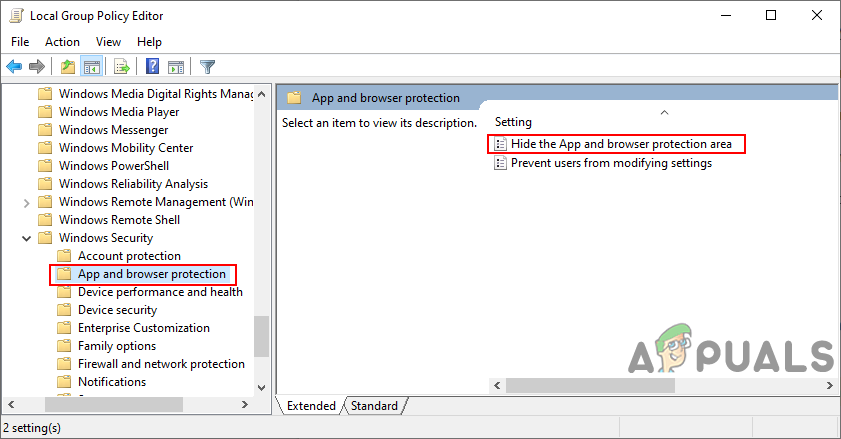
Navigating to the setting - Open the setting named “Hide the App and browser protection area” by double-clicking on it. It will open up in another window, now change the toggle option to Enabled.
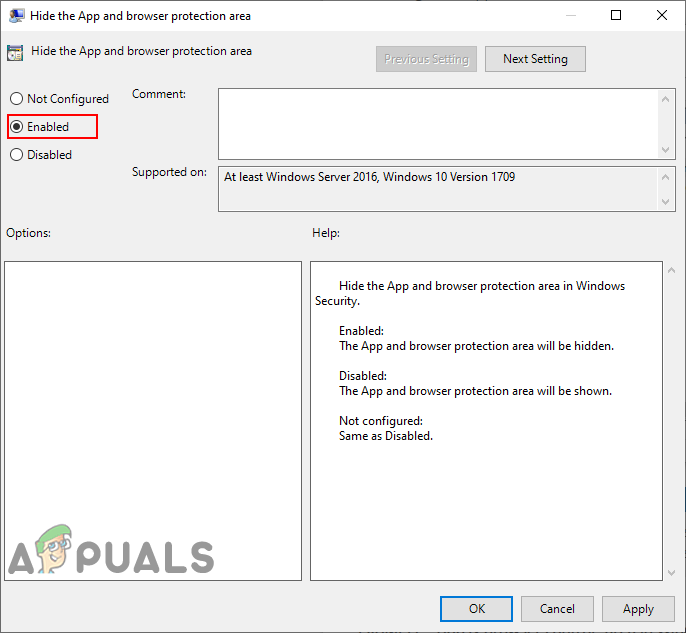
Enabling the setting - Click on the Apply and then the Ok button to save the changes. Close the Local Group Policy Editor window. Mostly it will update the setting automatically for your system.
- However, if it doesn’t update, you can open the Command Prompt as an administrator and type the following command in it:
gpupdate /force

Force updating the group policy Note: You can also do this by simply restarting the system.
- You can always enable App and Browser Protection area again by changing the toggle option back to Not Configured or Disabled in step 3.
Method 2: Using the Registry Editor
The alternative of the Local Group Policy Editor method is using the Registry Editor. If you already used the first method, then the Registry Editor will automatically update for this specific setting. However, if you are directly using this method, then you will have to configure everything manually in the Registry Editor. The Windows Home users who do not have Group Policy Editor on their system can use this to configure the same settings. It is a bit technical method compared to the Group Policy Editor method. Follow the below steps carefully and check how it works:
- Press the Windows and R keys on your keyboard to open a Run dialog. Now type “regedit” in the box and press the Enter key to open the Registry Editor window. If you get a UAC (User Account Control) prompt, then click on the Yes button.
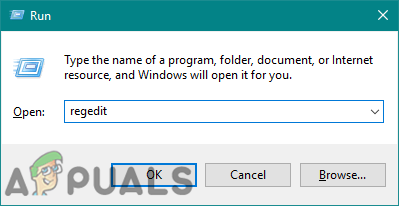
Opening the Registry Editor - Before making any new changes, you can create a backup of your Registry by clicking on the File and then choosing the Export option. Name the file and provide the location where you want to save it. Finally, click on the Save button.

Creating a backup of Registry Note: You can always restore the Registry by clicking on the File > Import and selecting the previously saved backup.
- Now head over to the following path in the Registry Editor window:
HKEY_LOCAL_MACHINE\SOFTWARE\Policies\Microsoft\Windows Defender Security Center\App and Browser protection
Note: If any key is missing in your system, you can create them by right-clicking on the available key and choosing the New > Key option.
- Right-click on the right pane of the App and Browser protection key and choose the New > DWORD (32-bit) Value option. Now name this value as “UILockdown” and save it.
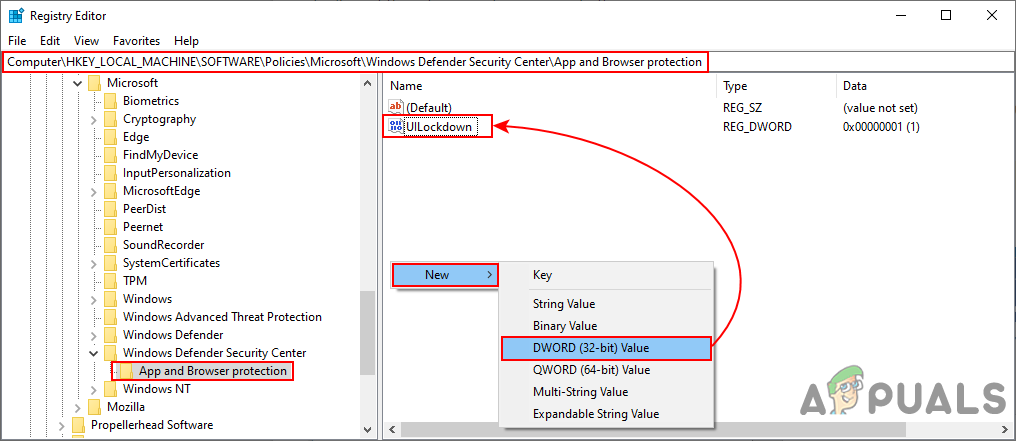
Creating a new value - Double-click on the value “UILockdown” and it will open a small dialog box. Now change the value data to 1.
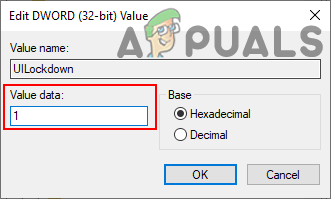
Changing the value data - Click on the Ok button and then close the Registry Editor window. Now restart the computer to apply these changes to your system.
- You can always enable the App and Browser protection area by changing the value data to 0. You can also simply remove the value from the Registry Editor.
